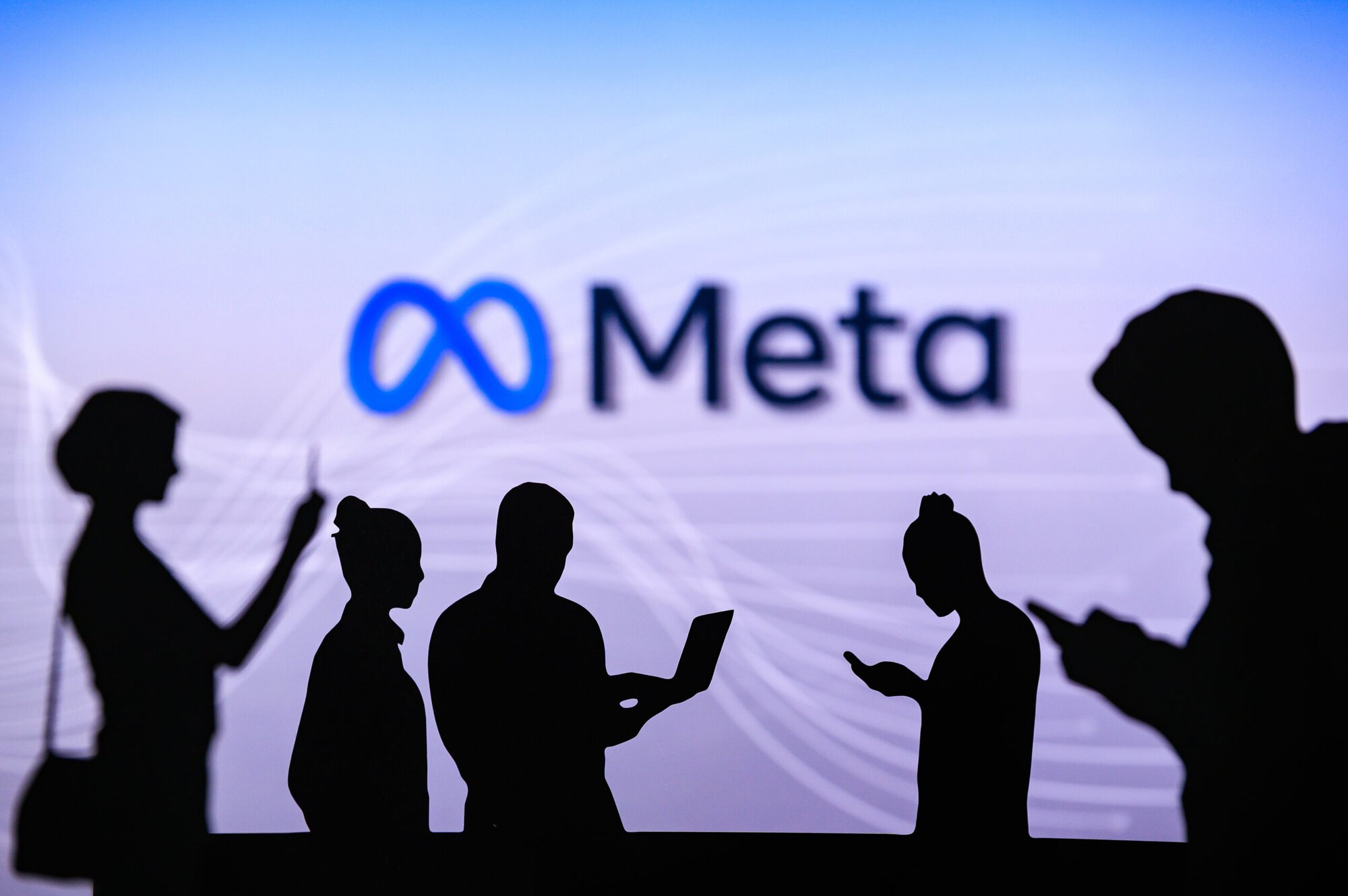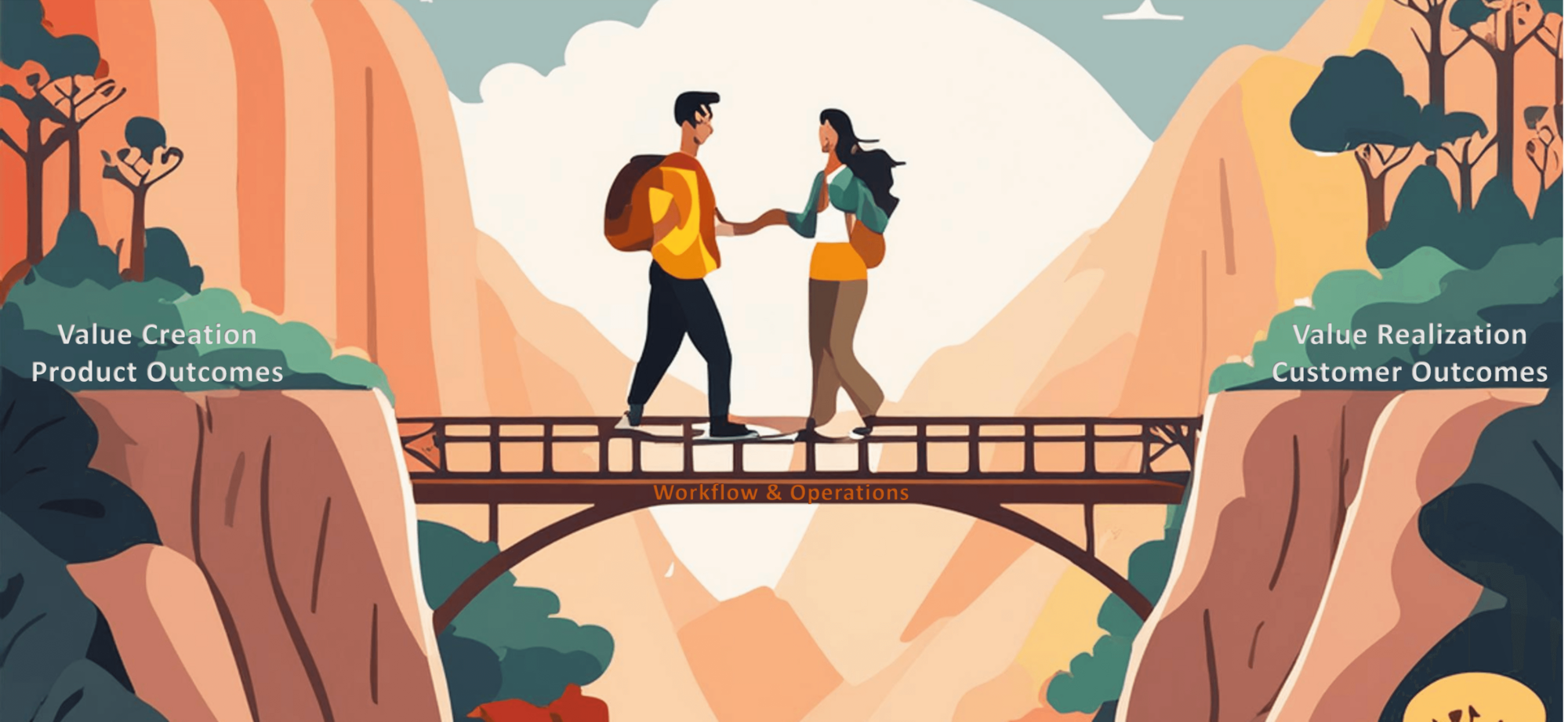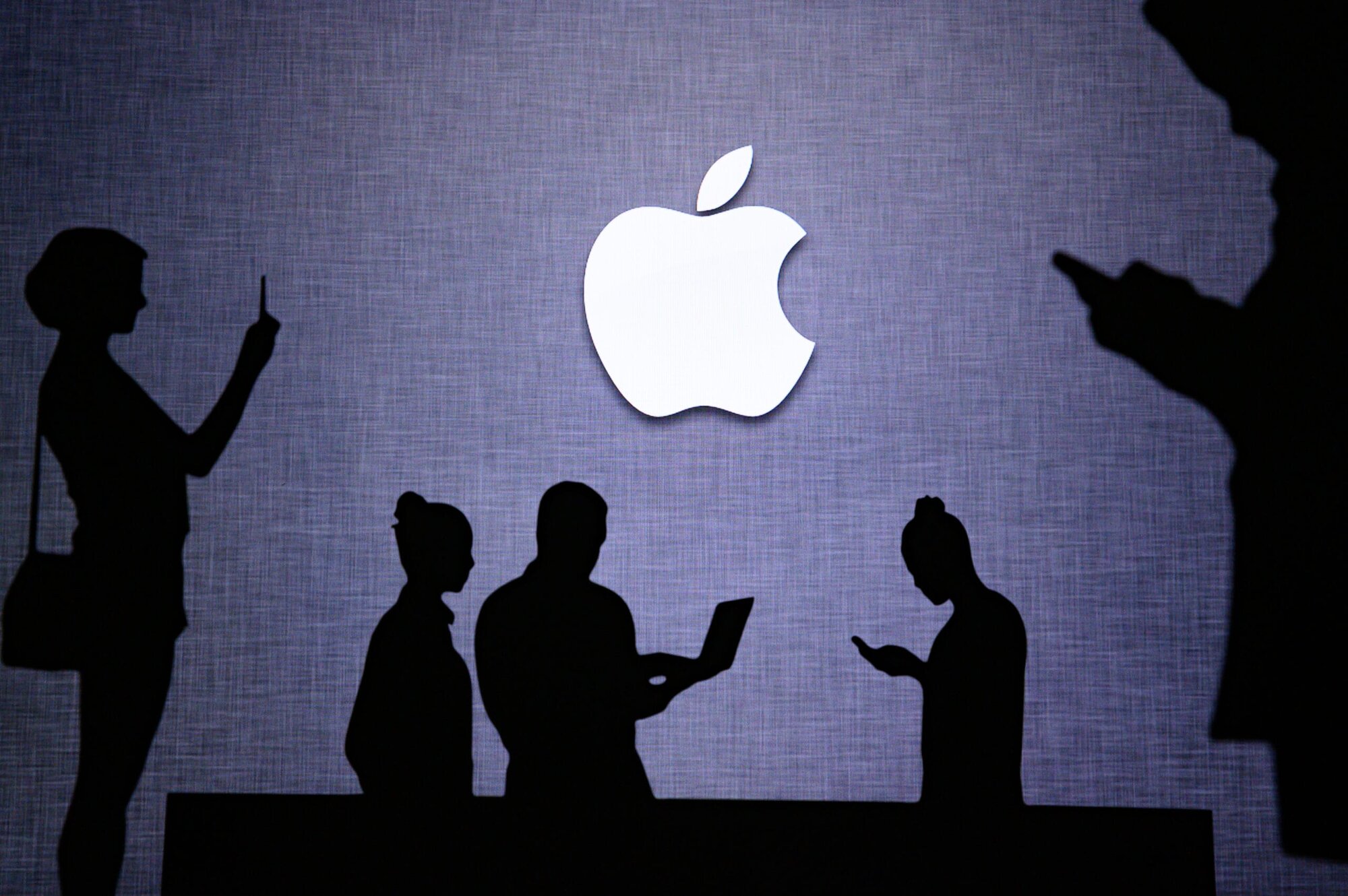This Sunday Rewind takes us back to April 2021 amid the Covid-19 pandemic. Yi-Wei Ang, CPO at talabat (Delivery Hero) took to the #mtpcon (digital) keynote stage to share insights on maximising commercial business impacts through ‘product-led’ decision-making.
Becoming product-led
Yi-Wei suggests that product-led teams are largely defined by five characteristics:
- Product empowerment
- Cross-functionality
- An experimentation mindset
- Product discovery
- Long-termism
“Becoming a product-led company requires a lot of change. It’s a lot of work, it looks very different”, and there’s a lot of responsibility on us as product people, he explained.
Adopting the full business model
Referencing the lean business model canvas, Yi-Wei described how, often, product people today shy away from the commercial aspects of the mode. To be product-led, we must adopt a more balanced mentality and give as much weight to cost structure, pricing models etc., and by doing so, allow space to test these too.
The benefit of the testing phase is to enable better product-led decision-making. ‘You’ve suddenly brought the business much closer to you […] you think about that lean business model canvas and you can start filling in those boxes.’
Building bridges
To build a product-led business it’s, therefore, necessary to ensure all teams are working together, synergistically, towards a common goal.
Yi-Wei recommended six tactics to try along the way
- Understand the customer journey, from acquisition to revenue. Once you gain full visibility, you can better align and optimise the product.
- Take three people from the business teams — e.g. sales, finance, your CEO — out for coffee to learn about their challenges.
- Invite your business counterparts to demos, research sessions and get them excited about what you’re working on.
- Sit down with a numbers-minded colleague who can walk you through how the P&L actually works. You’ll then see how key business metrics play into product decisions.
- Work with business teams to build an experimentation machine, focusing on the gaps in prototyping and business assumptions.
- Measure everything you do is based on the final business outcome. “Whether it’s a small piece of functionality that you’re building or a much bigger product line, consistently tying everything that you do back to those business metrics is a very, very key piece.”
Yi-Wei closed by saying: It will be a journey. It doesn’t happen overnight […] I’m really excited to see more of this happening across different product teams around the globe.”
To learn more about driving commercial impact in product, make sure to watch the full talk here! Alternatively, explore other articles in our Sunday Rewind series.







